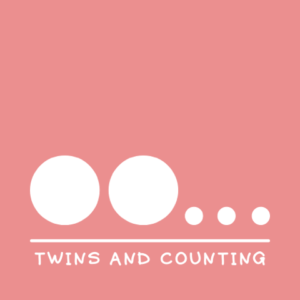There are some baby items that parents say life would be impossible without, especially during the first year of a baby’s life. A high quality baby carrier is one of those necessities. With that being said, there are so many options to choose from when it comes to baby carriers, so how can you choose the best one?
Not every parent will agree on which carrier is the best but answering these questions below will certainly help you to narrow down your search. Continue reading the article to learn all about baby carriers and some things to look for when purchasing one.
How to Choose the Best Baby Carrier
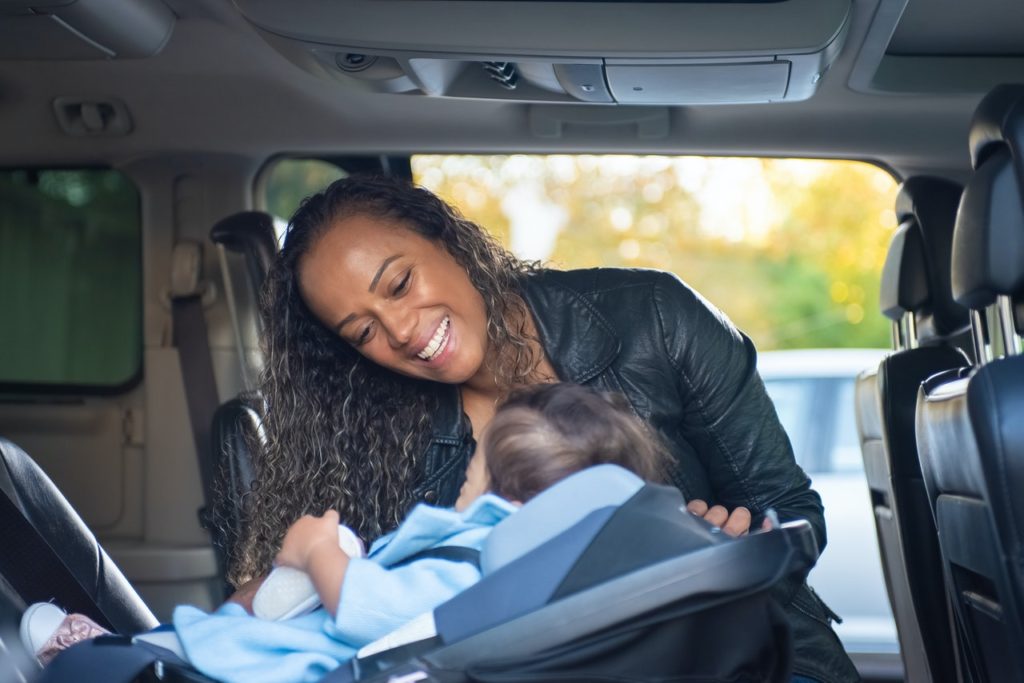
When it comes to deciding on the perfect baby carrier, the seemingly endless number of choices can become overwhelming quickly.
While it would be easier to simply pick the best reviewed baby carrier out there, it is really important that you consider every single thing that you would need out of a baby carrier and how it could make your life easier.
You will want a baby carrier that is easy to use, supportive, comfortable for both you and your baby—or babies if you have twins—and most importantly, safe.
That means that the best reviewed carrier might not actually fit your needs so well.
Instead, we put together 5 questions you should be considering when you are on the search for the best baby carrier to fit your family.
How Long Do You Plan on Using the Baby Carrier?
The first thing you will want to consider when picking out a baby carrier is how long you plan on using it. If you are going to buy one, then it would probably be a good idea to make sure that it will last as long as possible.
You will also need to consider how early on you plan using it. Plenty of parents that take newborns to public areas will have their babies situated in their car seats. This is completely fine, but you will find very quickly that your arms get tired and that a car seat is very bulky and hard to maneuver.
For this reason, plenty of parents decide to use baby carriers from the get-go, but not every type of baby carrier is suitable for newborns. So, before purchasing you will need to make sure that your baby carrier is safe for a newborn.
If the description of the baby carrier does not say that it can specifically hold a newborn, then it will likely say that it can hold 7 to 45 pounds.
Most, if not all, baby carriers will allow you to place your baby inside to where the baby’s front will be facing your body. While this is an excellent position for newborns, once babies get to the 4 to 6 month age range, they begin to get very curious.
At this point, you will likely want a baby carrier that can support your baby while it is turned around and looking at the world.
Most wraps and ring slings are perfect for newborn babies because they allow you and your baby to cuddle close but are far too snug for an average or above average size toddler. Backpack carriers are amazing for toddlers, but are not safe for newborns, which we will discuss more later on.
So, if you are looking for a baby carrier that can last for a couple of years, then your best option would be to look into “soft-structured” baby carriers, but there are still more questions that you should consider before deciding on one.
Which Baby Carrier Feels the Most Comfortable?
The next consideration that should come to mind when you are trying to find the best baby carrier is comfort. Does this baby carrier feel comfortable and supportive on me? Is this baby carrier comfortable for my baby?
When it comes to deciding if the baby carrier is comfortable for you, here are some things that you should be looking for for extra support and comfort:
- Shoulder pads or soft material for shoulder area
- Lumbar support
- Adjustable straps to tighten or loosen in areas as needed
These features will support you and allow you to carry your baby with ease. Any baby carriers that you try on that seem to rub the wrong places or put too much stress on certain areas are not the ones for you.
- Look for a soft, non-scratchy material that supports the neck and head area very well.
- Make sure that the baby is not positioned too low; you should easily be able to kiss the top of your baby’s head.
- It is also important to know that your baby’s legs should sit in an “M” position when seated in the carrier. This is a healthy and safe position for your baby’s hips.
If your baby is acting uncomfortable when placed in the carrier and there is no other reason for the baby to act this way, then it would be a good idea to move on and try a different baby carrier.
Is the Baby Carrier Made of a Climate-Appropriate Material?
As we mentioned earlier, in order for the baby carrier to be comfortable for your baby, the material will need to be soft, obviously nothing scratchy. With that being said, the material should also be suitable for the area that you live in.
For example, if you live in a warm area, then a light and airy material, like mesh, would be the best option to go with.
For families that live in much colder areas, a baby carrier that has padding that surround the baby’s back area or heavy knits would be the best.
This is an important but sometimes overlooked factor in choosing a baby carrier. If your baby stays too hot or too cold while in the baby carrier, it is not only dangerous, but it is also extremely uncomfortable and will not help to make your life as a parent easier.
Can the Baby Carrier Easily Be Cleaned?
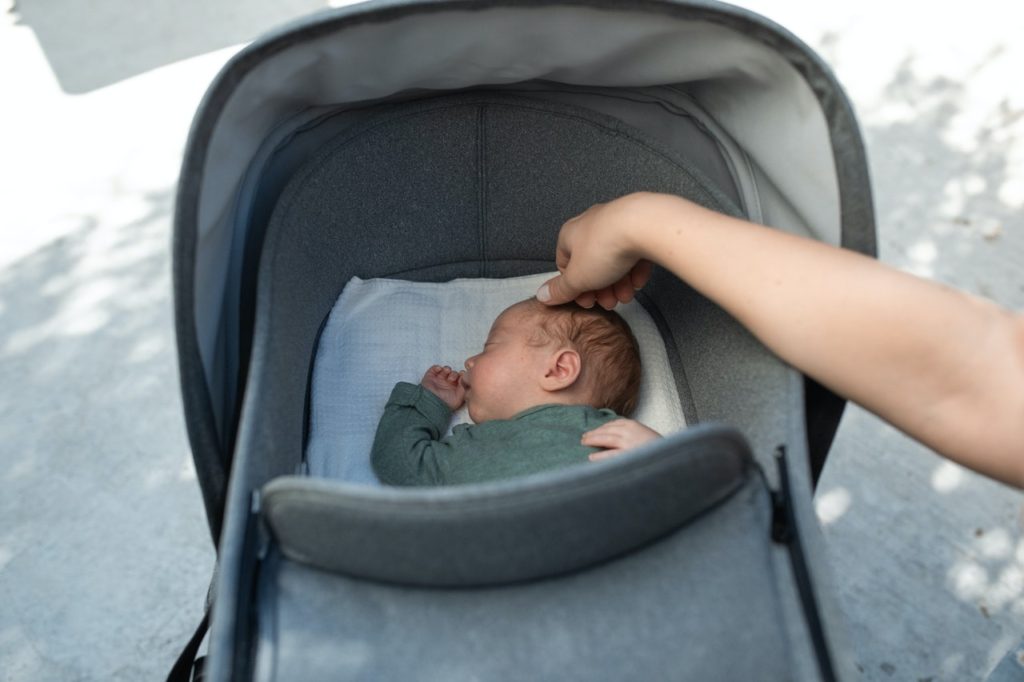
The next very important consideration to keep in mind when choosing the best baby carrier is what all is involved with cleaning it.
With babies, overflowing diapers and random spit-ups are inevitable events, especially, it seems, while you are out in public. So, as you can imagine, you will need to clean your baby carrier quite a bit.
Most of the wraps and ring-slings are very simple to clean. The only thing required is to throw them in the washing machine since they are simply just fabric, but some of the other baby carriers are not machine washable.
This may cause you to have to do hours of scrubbing to get messes out of it. Sine the whole point of a baby carrier is to make your life easier, you will want to check the labels on the baby carrier you like to make sure that they are machine washable.
Which Baby Carriers Do Other Parents Love?
The last thing to consider when choosing the best baby carrier is how other parents feel about it.
Sure, you do not have to love or hate a baby carrier simply because other parents feel that way about it, but parents that have used can tell you just about everything you need to know about the item: good and bad.
This type of information can seriously help to narrow down the search. Here are some things that you can find in other parents’ reviews of baby carriers:
- Can you easily carry a baby with the baby carrier for a couple of hours at a time?
- Is the baby carrier easy to use? In other words, how many steps does it take to assemble and be completely ready for the baby to placed it in?
- Will the baby carrier adjust to any size that you need it to adjust to? Any person that is above or below average size will want to make sure of this detail before purchasing a baby carrier.
Researching reviews and concerns of previous buyers can be the ultimate life-saver when it comes to choosing the best baby carrier because you will be able to uncover small details about it.
These details are not so easy to uncover when you are simply reading a product description or trying it on in the store for only a minute.
Once you have gone through all of the important questions and considerations, finding the best baby carrier for your family will be a very easy thing to do.
Types of Baby Carriers
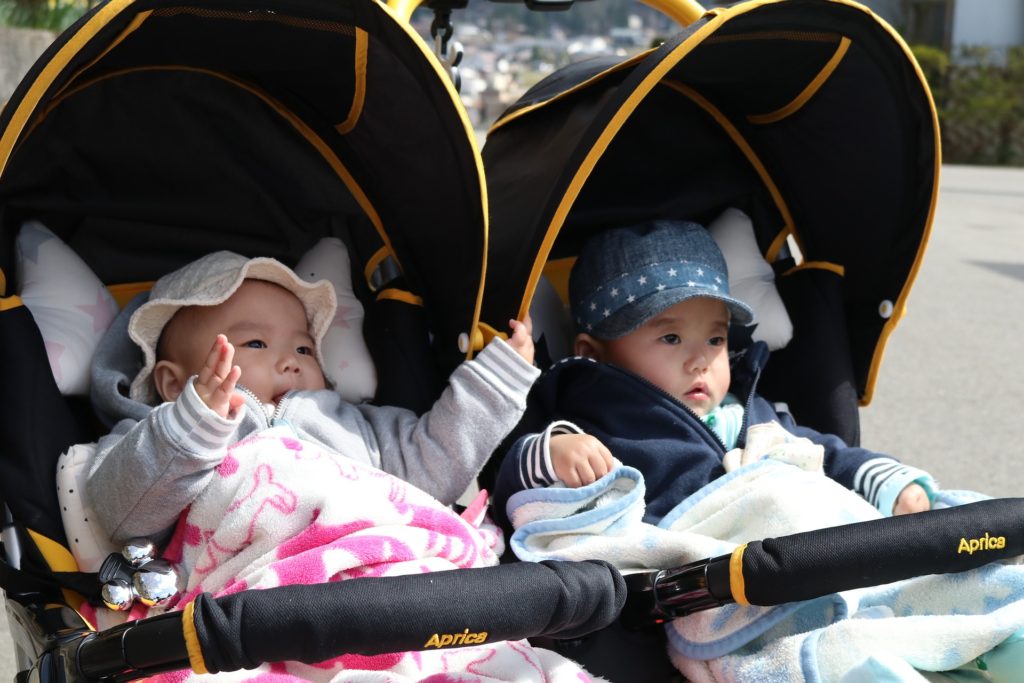
Before diving into the world of baby carriers, it is important to know all of the different types of baby carriers.
Some are extremely easy to use, some are easy to wash, and others are more comfortable for the parent that will be baby.
Here are the different types of baby carriers, and what we will be discussing next in this article:
- Soft-Structured Carriers
- Wraps
- Backpack Carriers
- Ring Slings
- Meh Dai Carriers
After learning more about these types, you should easily be able to choose the type of carrier that you think is the most suitable for your family. Then, you will have narrowed down your baby carrier search to finding the best brand.
Soft Structured Carriers
Soft structured carriers, also known as buckle carriers, are likely the most recommended type and probably the type that you see in public the most often.
Soft structured carriers look almost like a backpack because of the straps that go over the shoulders, but you will mostly see parents carrying their babies on their fronts rather than their backs but carrying their babies on their backs with this type of carrier is an option.
They are sometimes known as buckle carriers because buckles are used to strap it your body and secure the baby snuggly in the body panel.
Here are some pros for soft structured carriers:
These things are very important for a baby carrier, especially since you never know how long you will need to carry your baby in it, so comfort and safety are essential.
The only con that comes with choosing a soft structured baby carrier is that they can typically be quite expensive.
Honestly though, it is understandable since soft structured baby carriers can be used for a child that weigh up to 45 pounds for most brands, meaning that this type of carrier will last a long time, so you should get your money’s worth.
It is important to note that before using a baby carrier, you should read the user manual and any instructions or warnings that are given. It is very common for parents to not adjust the straps correctly which can be dangerous for you and the baby.
Baby Wraps
Another type of baby carrier that is quite common are the wraps, and they have been used for centuries. These are simply long, rectangular pieces of fabric that you wrap around your body.
There are several different ways that you can tie this fabric to carry your baby safely and securely, and you will likely get a booklet of instructions on how to do these different tying methods when buying the wrap.
If not, then there are tons of videos on YouTube that can help with that.
Here are some pros for wraps:
The versatility in fabric and adjustability are enough to make this a great option for parent, but what are some of the cons of using wraps?
One of the biggest concerns about wraps is the amount of practice it takes to get the tying methods perfectly correct. They can be really complex, and some parents feel it is unnecessary.
With that being said, some parents find it easier than others, plus there are plenty of options when you it comes to choosing a tying method. If you want, you can completely overlook the complicated ones and go instead for a simple and strong method.
For parents that like to keep things traditional and minimal, a wrap is a great choose for a baby carrier.
Backpack Carriers

Another type of baby carrier is the backpack carrier. This is the one that you have likely seen while on a hike or at a popular tourist attraction.
A backpack carrier is exactly what it sounds like: it is a carrier that is specifically designed for you to carry your baby on your back.
Backpack carriers are different from all of the other types of carriers because they can only be used to carry babies your back and they have a sturdy, framed seating area, rather than a soft, padded area for the baby’s bottom.
Here are some of the pros for backpack carriers:
Most parents agree that this is the best carrier for a family that enjoys the outdoors and long walks—even hikes, once your child is old enough. Unfortunately, like everything else, this type also comes with a few cons.
Here are the cons for backpack carriers:
It is recommended not to buy this type of carrier only if you prefer to carry your baby on your back. There are plenty of soft structured carriers and wraps that offer the option of carrying your baby on your back, and those types are easy to store and use.
Ring Slings
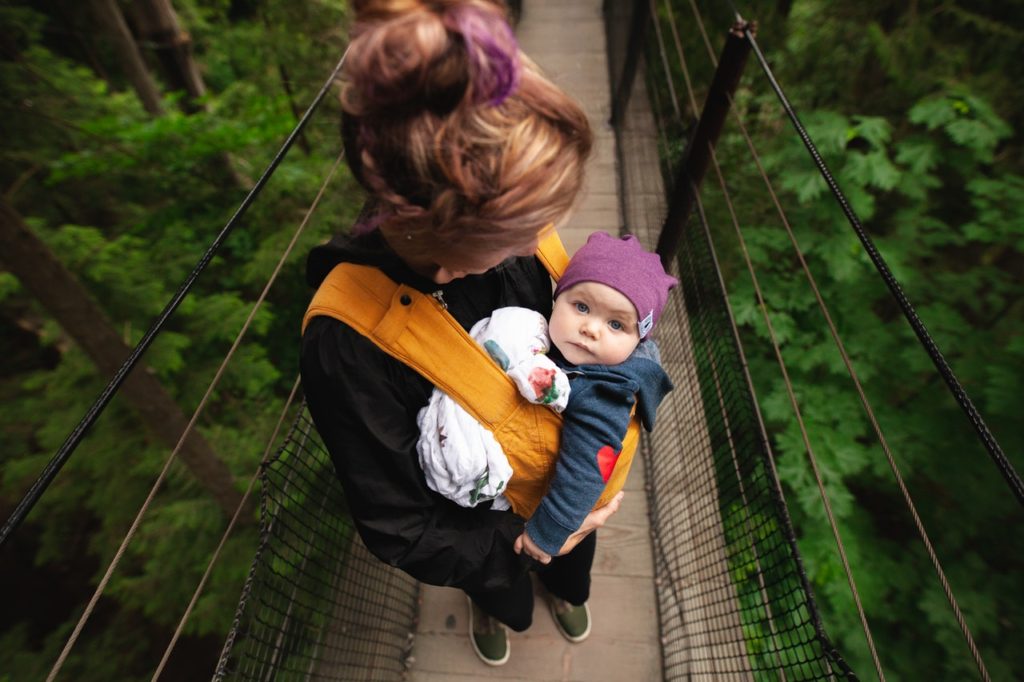
The next baby carrier that we will discuss is the ring sling. The ring sling is very similar to the wrap because it is also a very long piece of fabric.
The biggest difference between the two is that the ring sling has two rings on one end of the fabric. Instead of fastening a few buckles or tying the ends, you simply thread the loose end of fabric through one of the rings then tuck it under the other one.
This makes this type of carrier very easy to adjust and very secure because the baby’s weight prevent the rings from getting loose.
The pros and cons are almost exactly the same for the ring sling as they are for the wrap but has a couple of exceptions.
For example, ring slings are easier to use because there are no special techniques involved in wrapping the baby securely inside of them, but they also offer less support than wraps and are much longer, which leaves excess fabric hanging free.
That excess fabric should be tucked back inside or otherwise tied up, as loose dangly fabric is a safety concern and could get caught on things, causing you to trip.
Meh Dai Carriers
The last type of baby carrier that we will discuss is the Meh Dai carrier, also known as the Mei Tai carrier, which originated in China.
It has 2 straps that go over the shoulders and 2 straps that go around the waist and around the baby’s bottom, then must be tied together. Unlike the wrap, though, there are no complicated techniques.
Meh Dai carriers are not the most common, but they are still a great option when it comes to choosing the best baby carrier for you and your family.
Here are some pros for Meh Dai carriers:
While there are not many bad things to say about this particular type of baby carrier, it is important to remember that there is tying involved with it.
This means that you will have to research and practice how to properly to tie it so that you can keep your baby as safe and secure as possible.
Finally, we have reached the end of the discussion about the types of baby carriers that are out there. It seems like there are too many choose from, but by taking the 5 main questions into consideration, it should be easy for you to know exactly which type of baby carrier will fit your needs the best.
Why Would I Need a Baby Carrier?
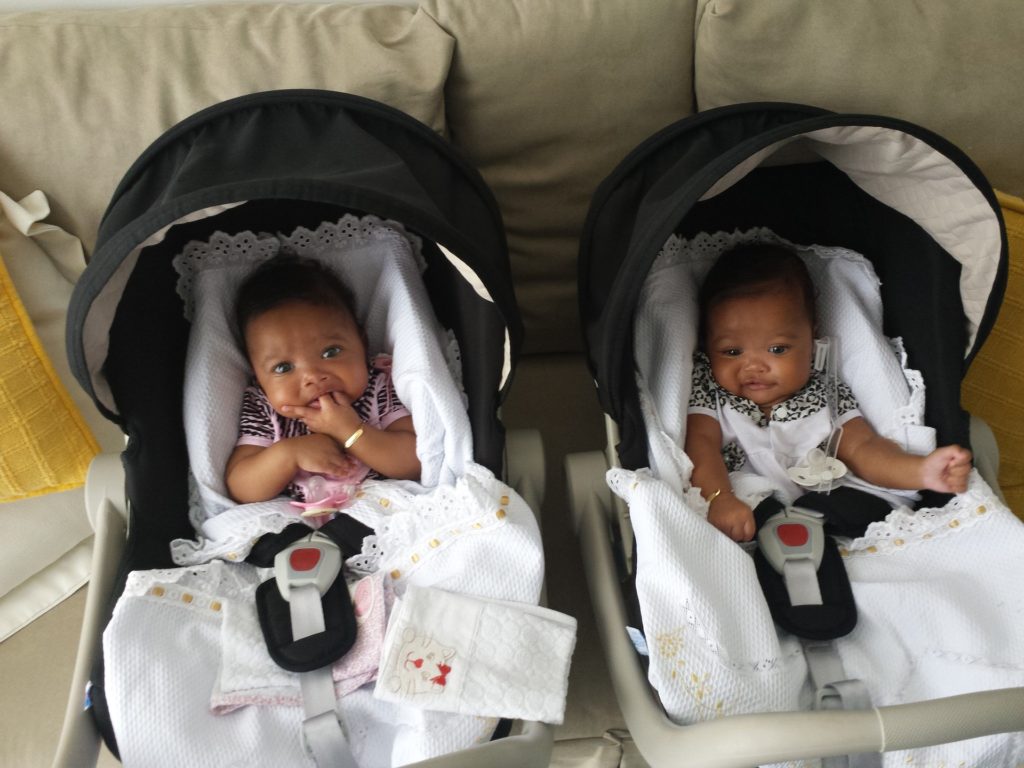
As mentioned earlier in this article, it is common for parents to carry their babies around in their car seats and even more common for parents to carry their babies in their arms.
Both of these are practical and there is nothing wrong with doing either of them, with the exception of being exhausted after doing so.
But since these are options, why would you need a baby carrier? We can tell you why!
Baby carriers come with tons of benefits for both you and you baby. Here are those benefits:
- You are hands-free when you use a baby carrier. A baby carrier will allow you to do regular daily activities like cleaning, picking things up at the store, your makeup, and so on, while being able to hold your baby at the same time. Your arms are not strictly held down to making sure that the baby is secure is your arms, since the baby is securely strapped to your front.
- There is no need to haul strollers or bulky car seats. With a baby carrier you will not have to pack extra items like strollers or drag bulky car seats into the store, which also makes it easier to move around in public places.
- Babies are happier when they are held. Being safe in the womb and as close to Mom as possible for 9 straight months is a hard thing for babies to let go of. Studies have shown that babies who get carried cry less during the day and even less at night. It is also hard to get things done throughout the day when the baby is crying from wanting to be held, so a baby carrier solves this problem.
- Parents are happier when they are close to their children. Whenever you hold your baby, you will get a boost of oxytocin, even though you do not realize it is happening. Oxytocin is the love hormone and helps with postpartum depression and anxiety. It also helps to see the baby sleeping peacefully on your chest while you do things, rather than hurrying to get those things done, while the baby is crying, hysterically.
These benefits may not seem like much for a person who has no kids or is expecting their first child, but a baby carrier can really make all the difference in your day-to-day life as a parent.
One of the biggest goals new parents strive for is to make things as easy as possible, and that is exactly what a baby carrier can help with!
Conclusion
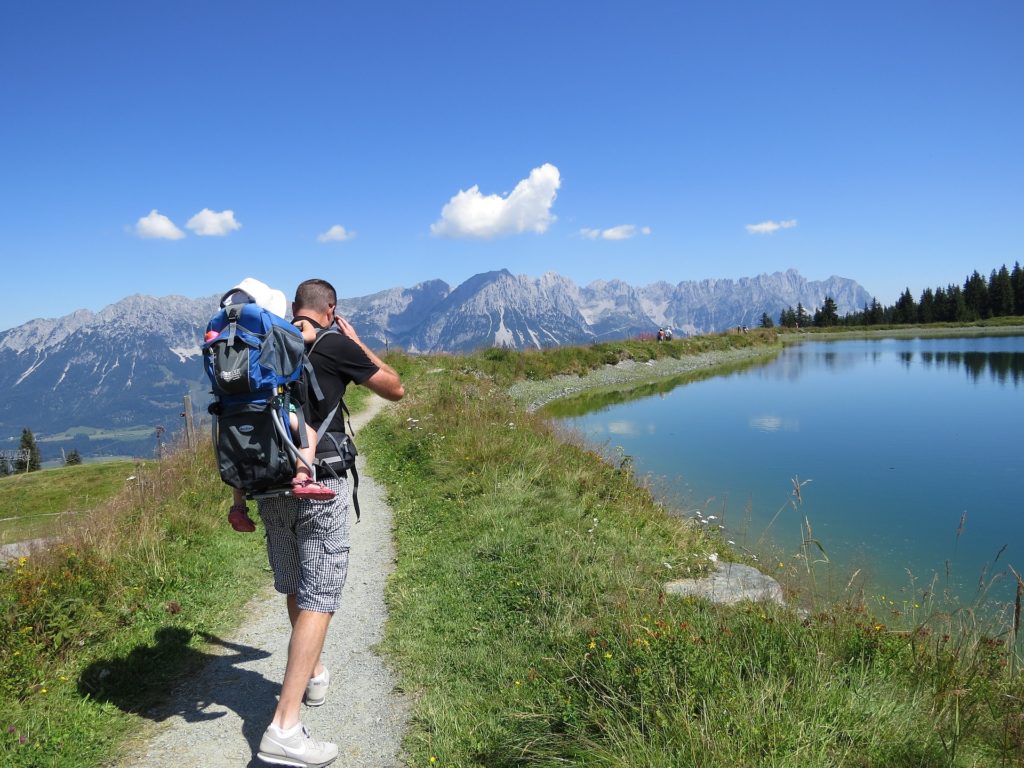
In conclusion, a baby carrier can definitely make your life easier, but only if you choose the best one for you and your family. There are many types and brands to choose from, so how do you choose the best baby carrier?
When you are searching for the best baby carrier, here are some tips on how to choose a good one for your family’s needs:
- Choose one that your baby will not grow out of.
- Make sure the baby carrier is comfortable for you and your baby.
- Ensure that the material will be suitable for the climate that you live in.
- Read the cleaning instructions before buying a baby carrier because babies make a lot of messes.
- Find out which baby carriers are the most recommended among fellow parents.
Choosing the best baby carrier may have seem like an impossible task, but hopefully with the help of this guide, you can now make a confident decision on the baby carrier that is best for you!
Sources
Mother- How to Choose the Right Baby Carrier
Recent Posts
Having twins can be scary, overwhelming, and hard. But, it's also beautiful, fun, and adorable! Let's focus on the positives with these cute and funny stories about raising twins. Comment which one...
Newborn photography is a beautiful way to capture the fleeting moments of your baby’s earliest days. These precious photos become cherished keepsakes, encapsulating the joy and tenderness of...
